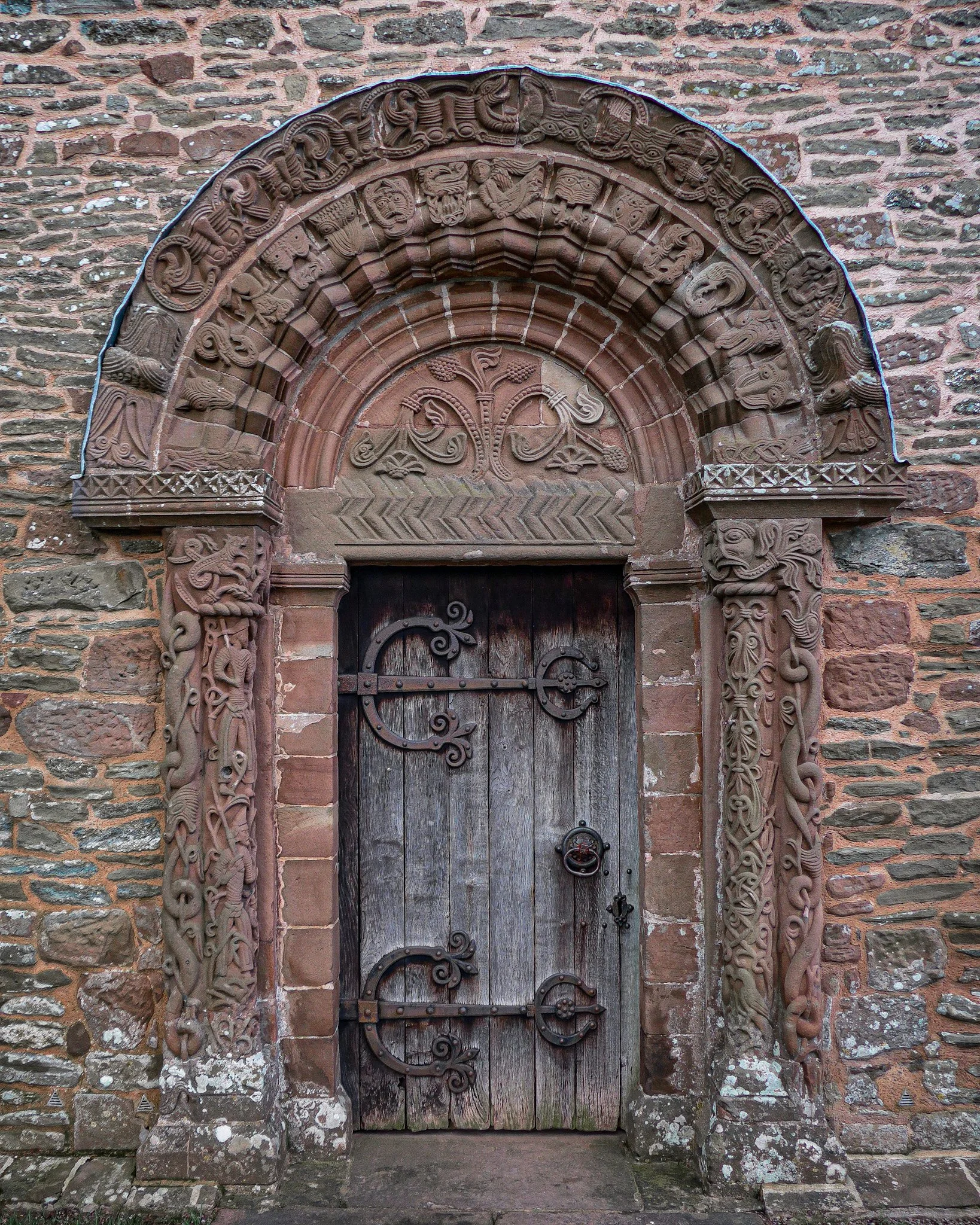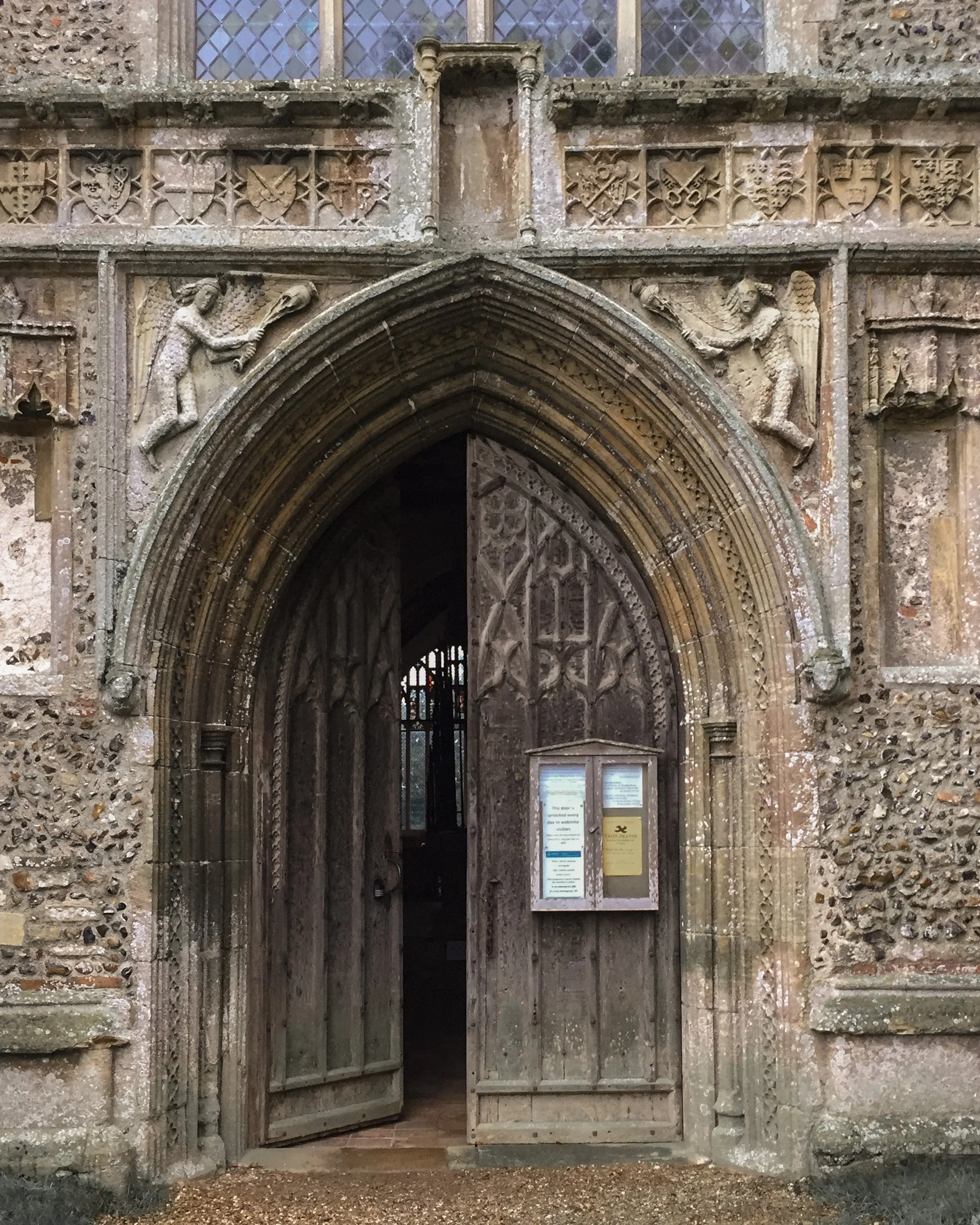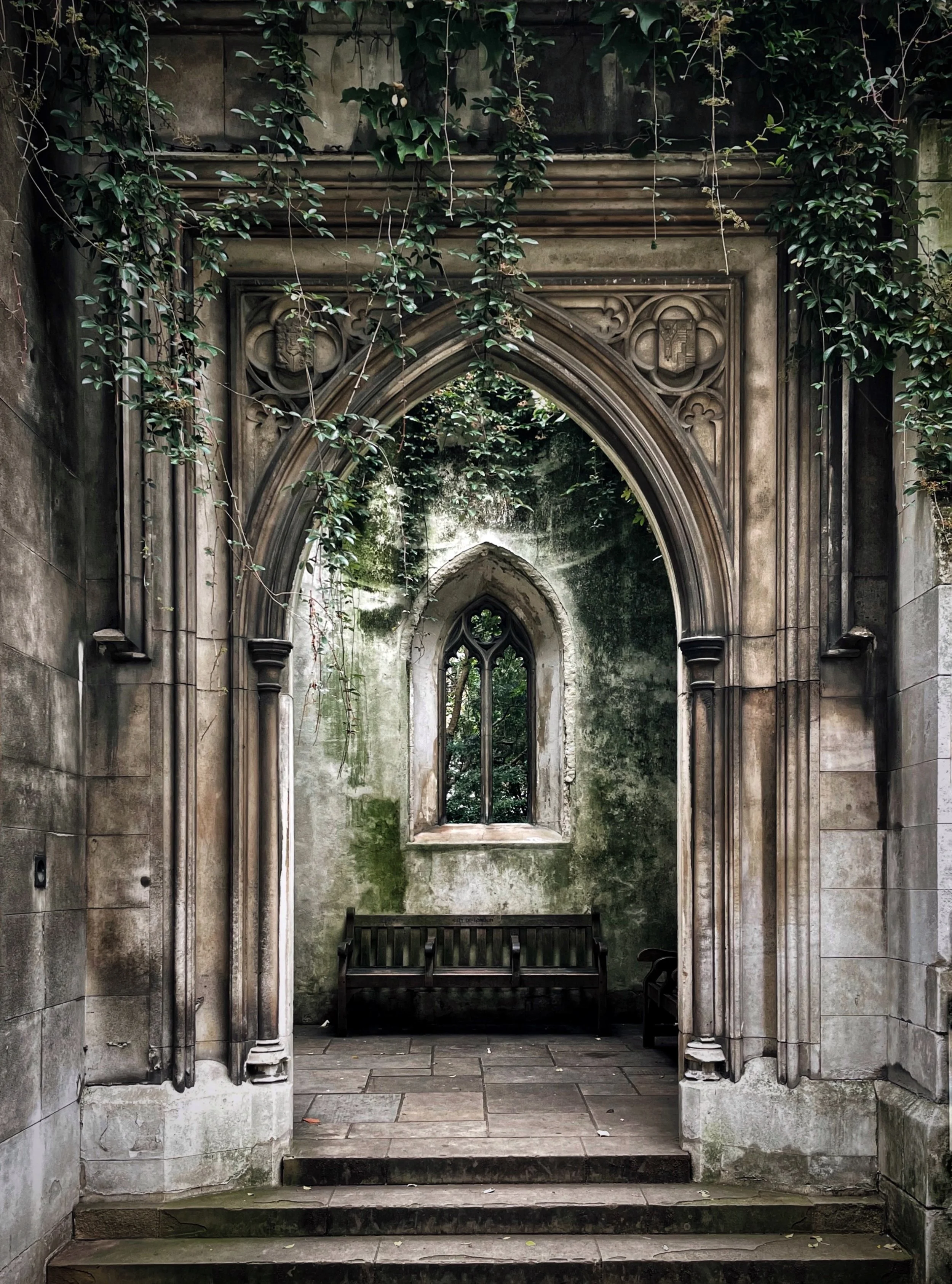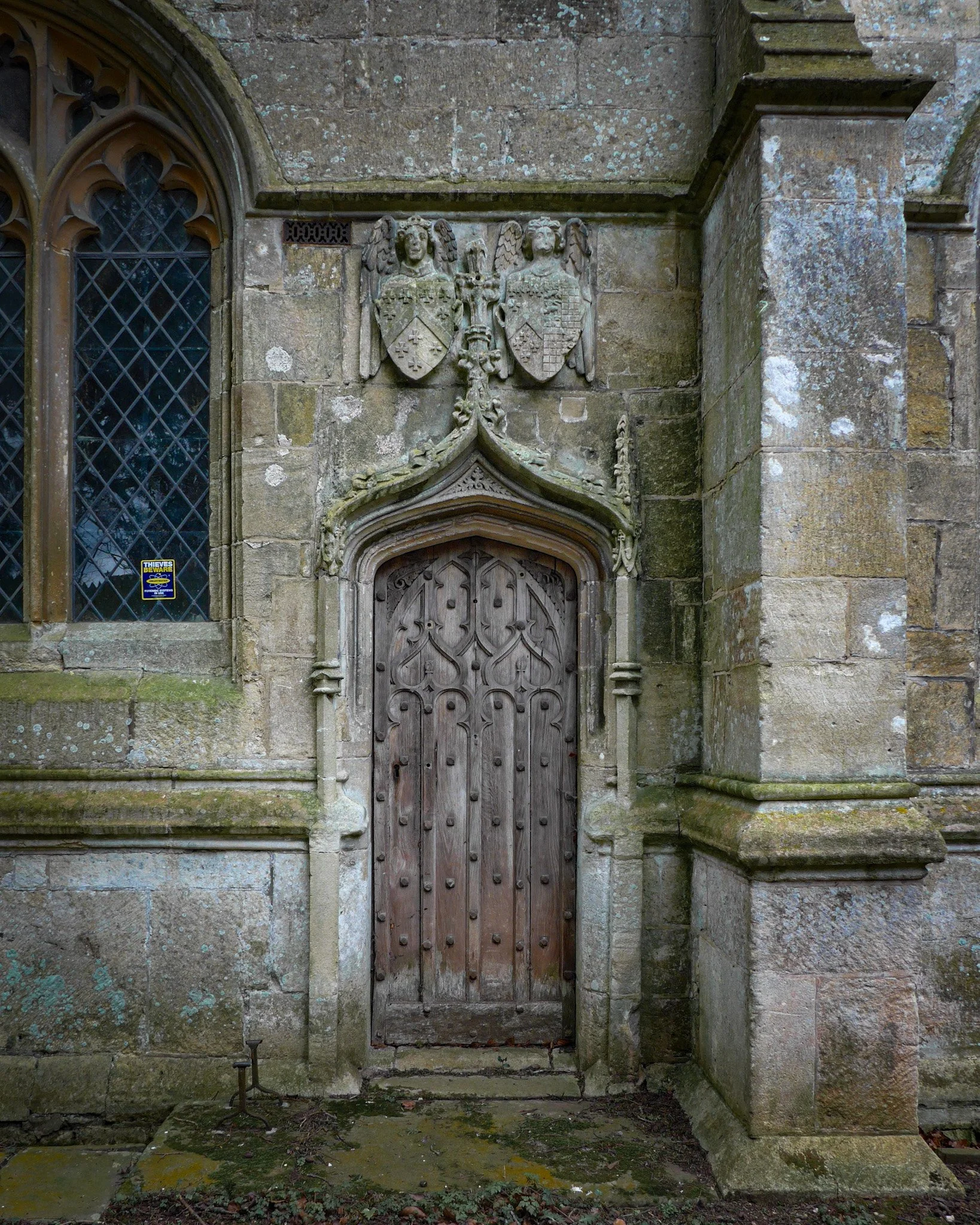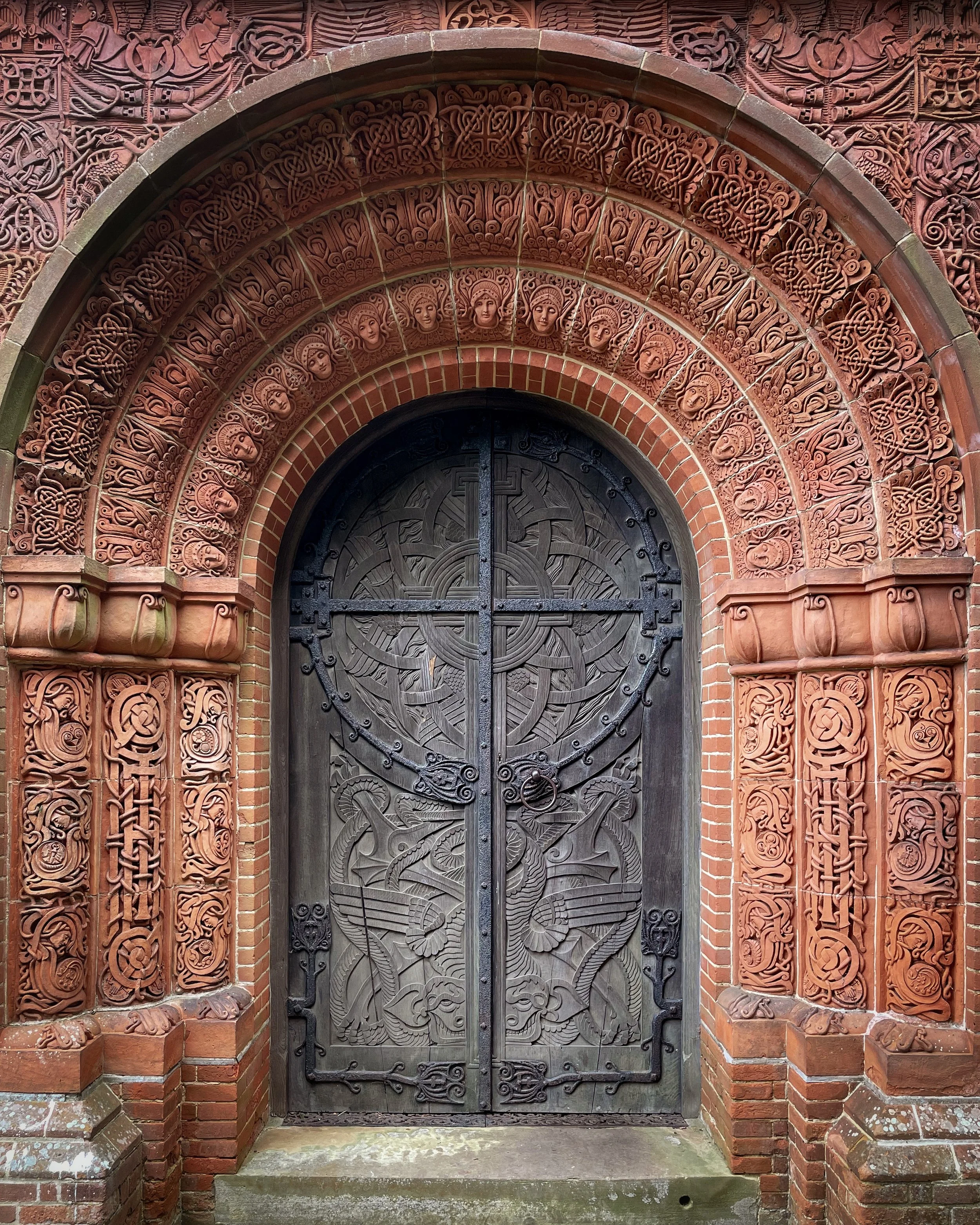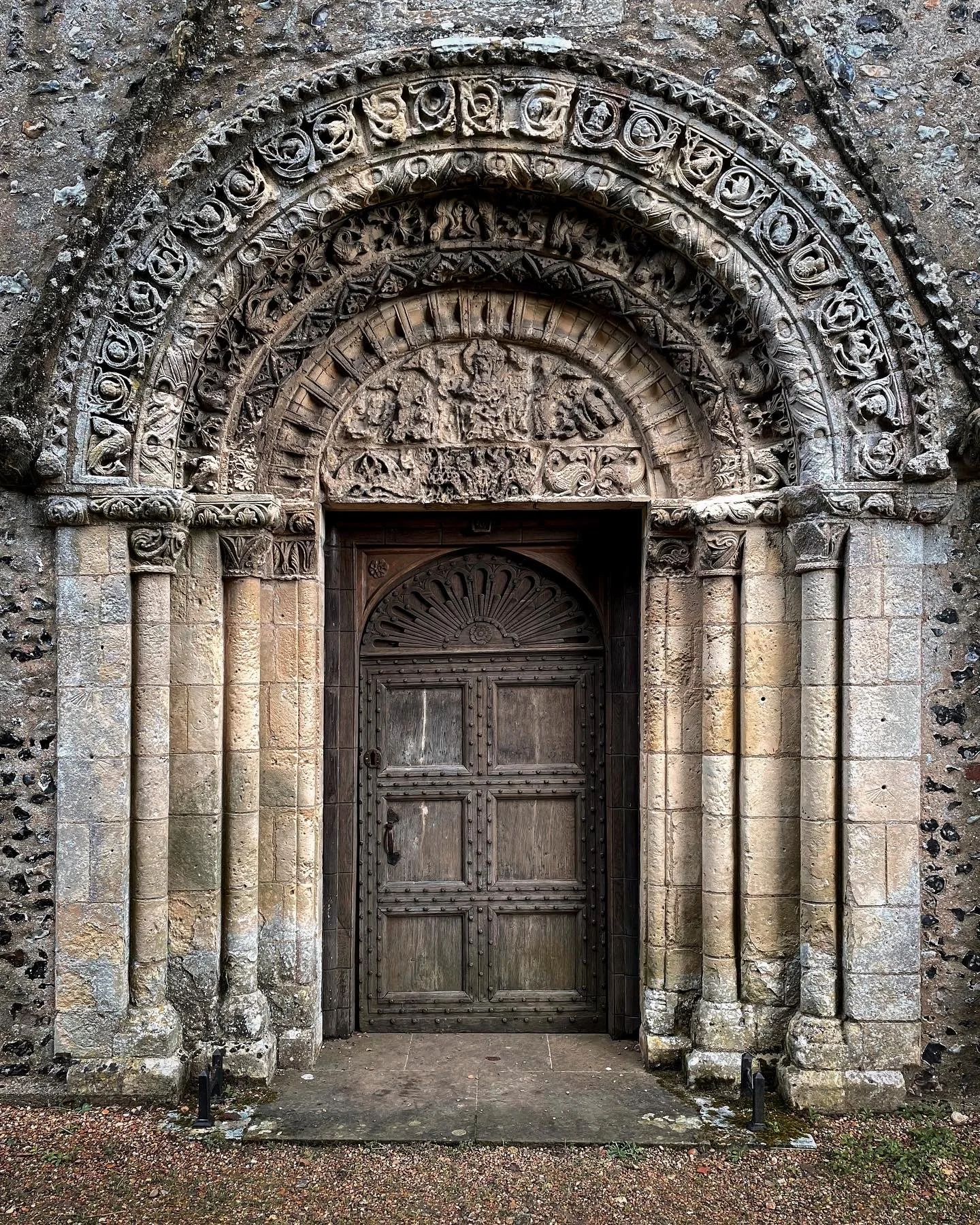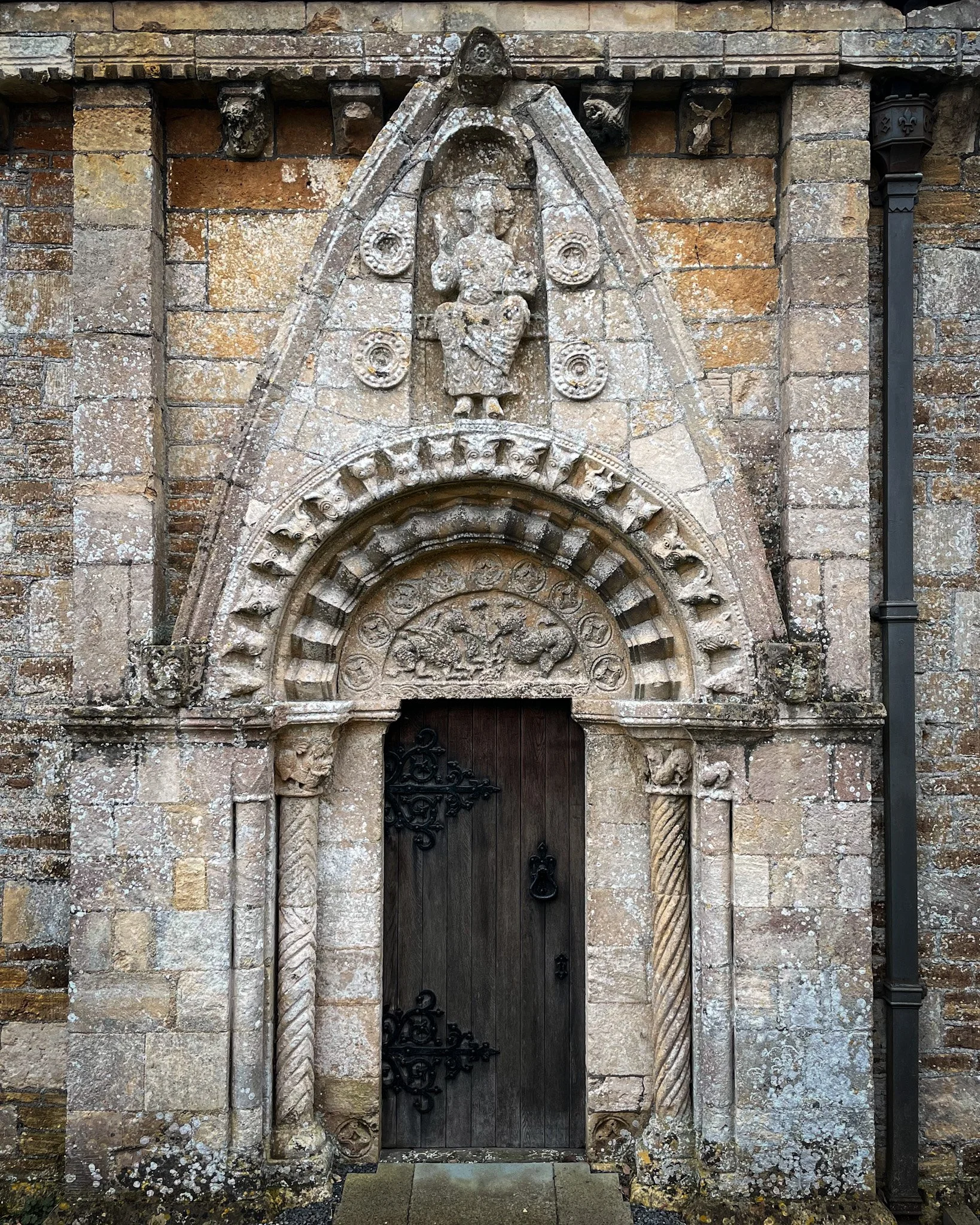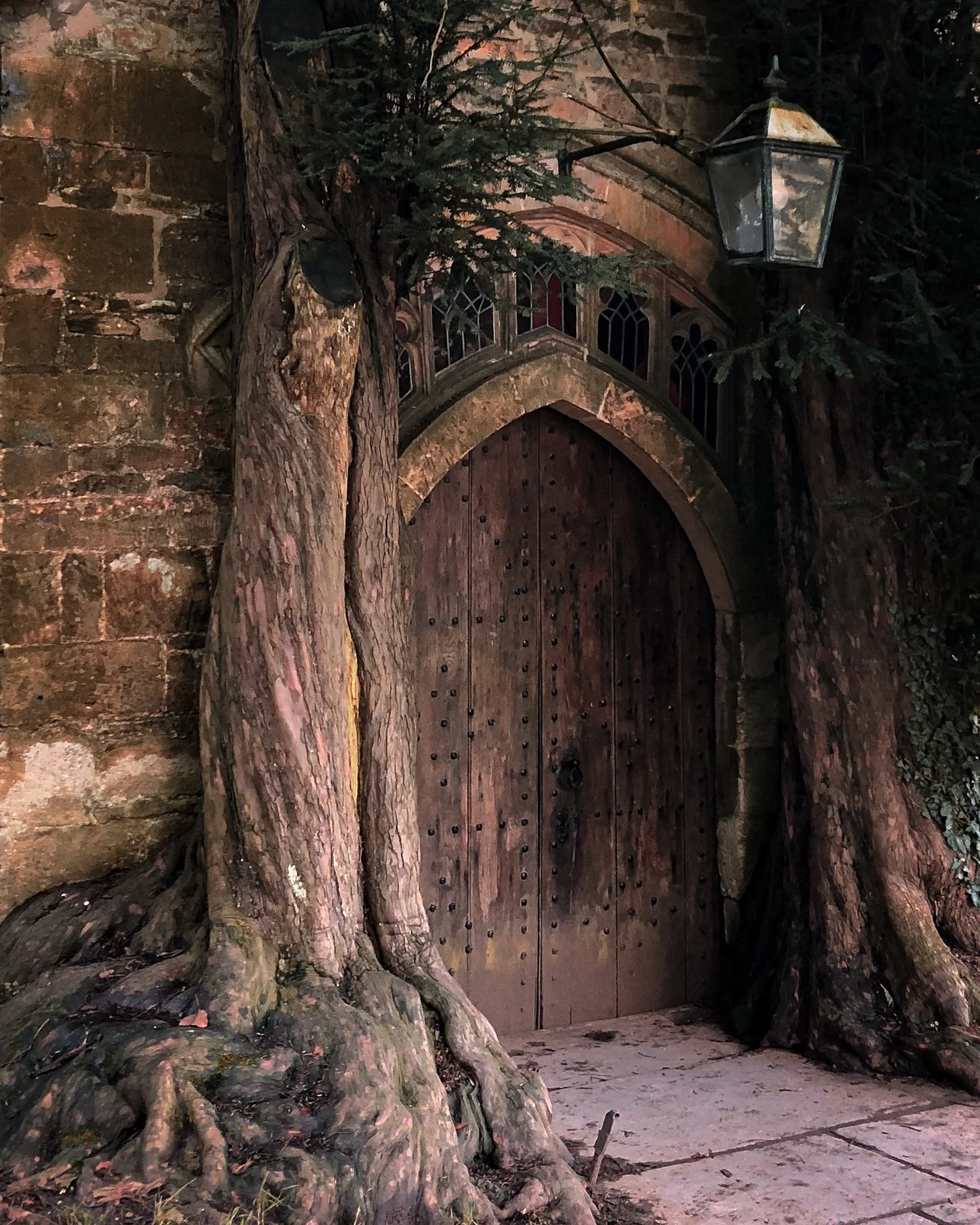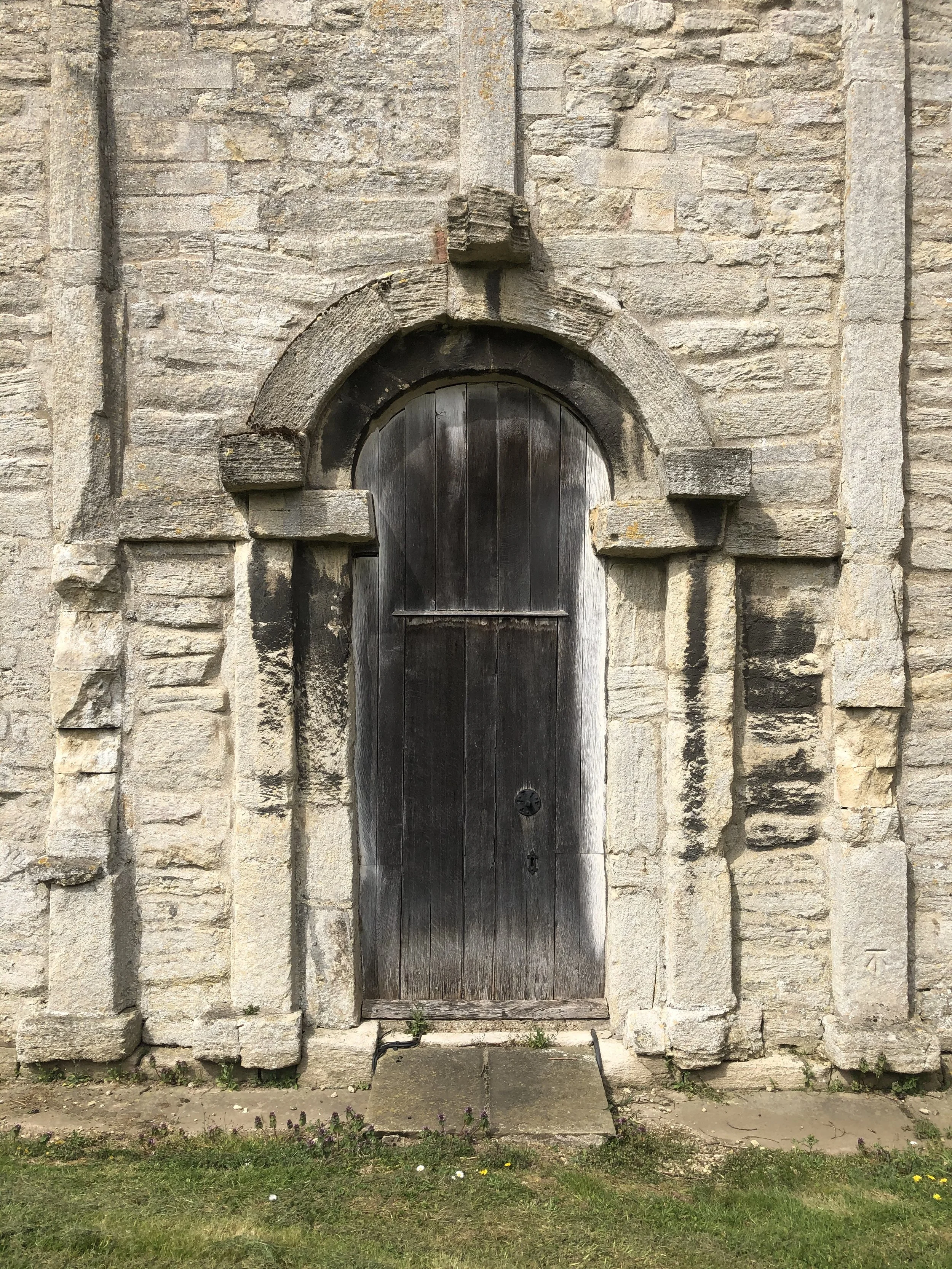A Passion for Doors…
A writhing phantasmagoria of a Norman church doorway at Kilpeck, Herefordshire
Doorways. Portals of ideas. Thresholds to new possibilities. What has become of the great art of the door? Show me a person with a wonderful door and i’ll show you someone with soul (or a big bank account…). Whilst today builders so often see these as a utilitarian feature to open and shut, the gothic church architects of the medieval world saw the opportunity to create the most mesmerising and symbolic of creations. In my travels to thousands of churches across England, i’ve always savoured a fine old doorway.
Here in this post I’ve collected my top 12 English church doors, which I’ve also included in my new calendar: “English Church Doors.” available to purchase from the shop.
It’s true, I haven’t included many northern doors in my list as yet. I wonder if an upcoming tour of the northern counties will change this? I say this as a thoroughbred northerner, raised in Derbyshire to families from Lancashire and County Durham…despite me being drawn to dwell amidst the gentility of the South West…
Anyway, let’s not get sidetracked, onwards to the great portals of England. In no particular order:
1. The Church of St Peter & St Paul, Salle, Norfolk. Angels swing censers to guard a 15th century rural church of epic proportions, seemingly in the middle of nowhere.
2. The Church of St Mary & St David, Kilpeck, Herefordshire. A riot of Norman carving. Dragons, grotesques, angels, a phoenix, beakheads, a basilisk, a lion. A writhing phantasmagoria of the 12th century imagination.
3. The Church of St Dunstan-in-the-East, City of London. An oasis in the city. Patched up following the Great Fire of London, bombed in the blitz, reborn as a public garden.
4. The Church of St Mary the Virgin, Berkeley, Gloucestershire. Built in the mid-15th century, an elaborate ogee crocketed arch marks the threshold of the Berkeley family chapel. Here the family arms are held by a pair of proud, watchful angels. Perpendicular gothic perfection.
5. The Watts Cemetery Chapel, Surrey. Designed by Mary Watts, over 70 villagers were involved in the creation of this stunning chapel between 1895 and 1904.
6. The Church of St Mary the Virgin, Isle Abbotts, Somerset. Early 16 th century high gothic drama. How we can imagine this scene when Saints would have once filled the niches.
7. The Temple Church, City of London. Sometime headquarters of the Knights Templar in England, this church was built in the mid-12 th century. A round church it reflects the design of the Church of the Holy Sepulchre in Jerusalem.
8. The Church of St Mary, Patrixbourne, Kent. One of the quiet masterpieces of English Romanesque architecture. This little south doorway is tucked away a few miles walk from the great pilgrimage city of Canterbury.
9. The Church of All Saints, Lullington, Somerset. Sugar twist piers, chevron moulding, beakheads, Christ in Majesty and tympanum with dragons devouring the tree of life. The English imagination circa 1150.
10. The Church of St Edward, Stow-on-the-Wold, Gloucestershire. Visitors come from far and wide to see the famous yew lined door of this church, said to have inspired J.R.R Tolkein’s “Doors of Durin” as featured in The Lord of the Rings trilogy.
11. St Germans Priory Church, St Germans, Cornwall. Seven orders of Norman decoration on the great west doorway.
12. The Church of St John the Baptist, Barnack, Cambridgeshire. This Saxon doorway shouts out its great age. It is simple. It is crude. It has endured a thousand winters.
